Rootward
The Shape Shifts, The Motion Changes
When I christened this space Being in Motion in January, I was imagining a project of practicing vanlife-style nomadism in a way that would challenge the voyeurist-consumerist type of travel I witnessed living in remote Utah wilderness. Where I’d watched people in RVs and vans treat the land as a playground or backdrop for fantasies of rugged individualism for a very short amount of time, my idea was to move slow, with attention to histories of places, the contours of land relationships and settlement, the changing shape of locales — in short, to do more than just pass through. So I built a platform in the back of my 4runner and prepared to drive to Alaska, thinking the motion of migration was the point, believing I could move differently.
Unsurprisingly, this quickly became an overwhelming endeavor. This continent is a kaleidoscope of overlapping histories, multifaceted peoples, layers of dynamic communities that cannot be quickly understood and synthesized into a tidy series of essays. Going to many museums and cultural centers in a short amount of time left me overloaded with information, not necessarily connection embodied by relationship, which can only be built through intention and time. The road moves so swiftly. And the pull North was visceral, tugging me on and on.
From Washington onwards, I started to think about this journey as the road home. This has not felt like a vacation, though I’ve tried to let it be. A vacation suggests a break from the day-to-day, a “real life” to return to after the trip ends. Return, here, has felt like homecoming. I’ve been in Alaska for a month and the moment I crossed the border I knew it was for good, for now. Still, I tried to encourage myself to play tourist, to give myself time to settle in to some sense of temporariness. The stubborn, insistent, unavoidable feeling is I have moved my life up here. The desire to stay in this mossy, moist place overwhelms any notion of going back to the desert. Summer’s midnight sun draws me to the memory of darkness, the depths of winter my body began to crave again back in December.
The motion I desire is more root than roam. Radical in the sense of origin, a deep-dive kind of excavation, to understand the web of relations beneath the surface of things. A homeplace to witness through the seasons, the cyclical motion of Life moving through the people, the place, the connective web that tethers and constantly changes. Alaska is home. Gone so long, this memory of home explodes into nowness, swells and crescendos — the shape of return has brought me back to stay.
And, I’ve noticed myself waiting lately. Back to my childself, this origin place, I wander wide-eyed and wait for someone to tell me what we do next. (Surprise! It’s all up to me!) I’ve tried to sit down and write in this space more times than I can count, but something keeps stopping me, some sense I should wait until things feel more clear. Or I try writing like I know just what’s happening here. Articulate the motion, name the process, and assume clarity, control of the situation. But the truth is, the desire to stay is the strongest knowing; everything else is uncertain. Where do I land? How will I live? What am I supposed to do now that I’m here?
One thing became crystal clear when I attended a van-life gathering in Palmer last month: I am not a van-lifer like I’d fancied. The phenomenon of van-life is something I want to keep interrogating; for now, suffice to say, being at a gathering for people who want to live nomadically made me realize I moved my life into my vehicle for practical reasons more than a desire to live this way long-term – a transitional mode that allowed me to make my way back to Alaska, to have the security of a bed on wheels to tuck into at night. Now that I’m here, I dream of rooting into community more than I wish to roam.
An Alaskan friend told me she feels truly at home in a place “once I know where I can hunt, where I can fish, where I can forage.” Others express the sheer wonder of personal relationships with robins and falcons, the joyous gift of salmon returning to spawn. Land and home are deeply braided experiences in this place, the Last Frontier a world all its own. Living in relationship with the fish, the berries, the rain, the mushrooms, all beings woven into the web of a community’s self-understanding. The people in relation with the land: this is what attracts me to stay, this is what I want to learn to practice with other people.
For my pull towards mobility, the notion of roaming, emerges from an ongoing curiosity about the nature of humans in motion. My ancestry is rich with stories of people who left everything they knew to make a home in an unseen land. In 1847 my great-great-great-great grandparents walked all the way to Utah; in 1947 my great-grandparents drove all the way to Alaska. I am struck by how much the nature of migration changed in a short 100 years, how easy my drive was with paved roads and travel guides. And I also wonder about the kind of finality with which these moves were made, or wanted to be — a forever place, a promised home, that eventually they had to leave, or adjust to rapidly changing conditions.
Humans have been wandering for much longer than we’ve stayed in one place. But our modes of movement, and motivations for roaming, have changed over the generations, rapidly transforming with the rise of civilization and colonization. And now the world transforms again, and the uncertainty of the future compels huge numbers of people to leap into motion in response. What does home look like now? What are the impacts of constant roaming in a vehicle rather than on foot? What does community look like, and can we shape our webs in ways that leave room to roam? How do people connect to the change, the being and the motion?
These are idea-threads I am trying to weave into some sort of coherent tapestry. The Last Frontier feels like an important place to understand, to feel into what comes next. The shape of after, of beginning again. What is the motion, the notion of home, in 2047 and beyond? There is no real stasis, no ultimate end-shape; these late-stage end-times feel too much like a beginning to believe in utter ending.
So here I am, back in the home I’ve longed toward since we left, twenty years in the making. Having returned, I sense of the end of yearning towards home, a profound beginning of something I can’t yet understand the shape of. I’d wanted to post lighthearted updates from the road, anecdotes and tales and quippy observations. But the journey of this public writing project is in a shapeshifting motion of its own; I trust the arc of this will become clear in time. For now, I am grateful for the clarity that I am right where I am meant to be. That the process of knowing is slow; all I have to do is be now here. Writing, wandering, wondering. Being in motion: thank you for walking this way with me.


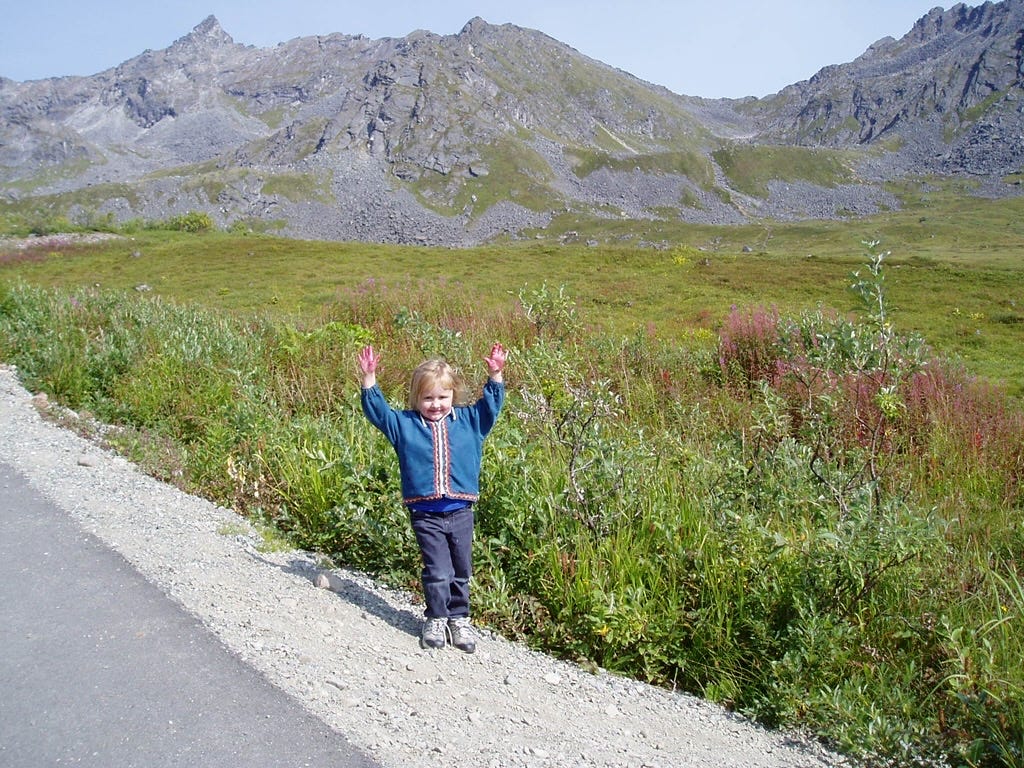

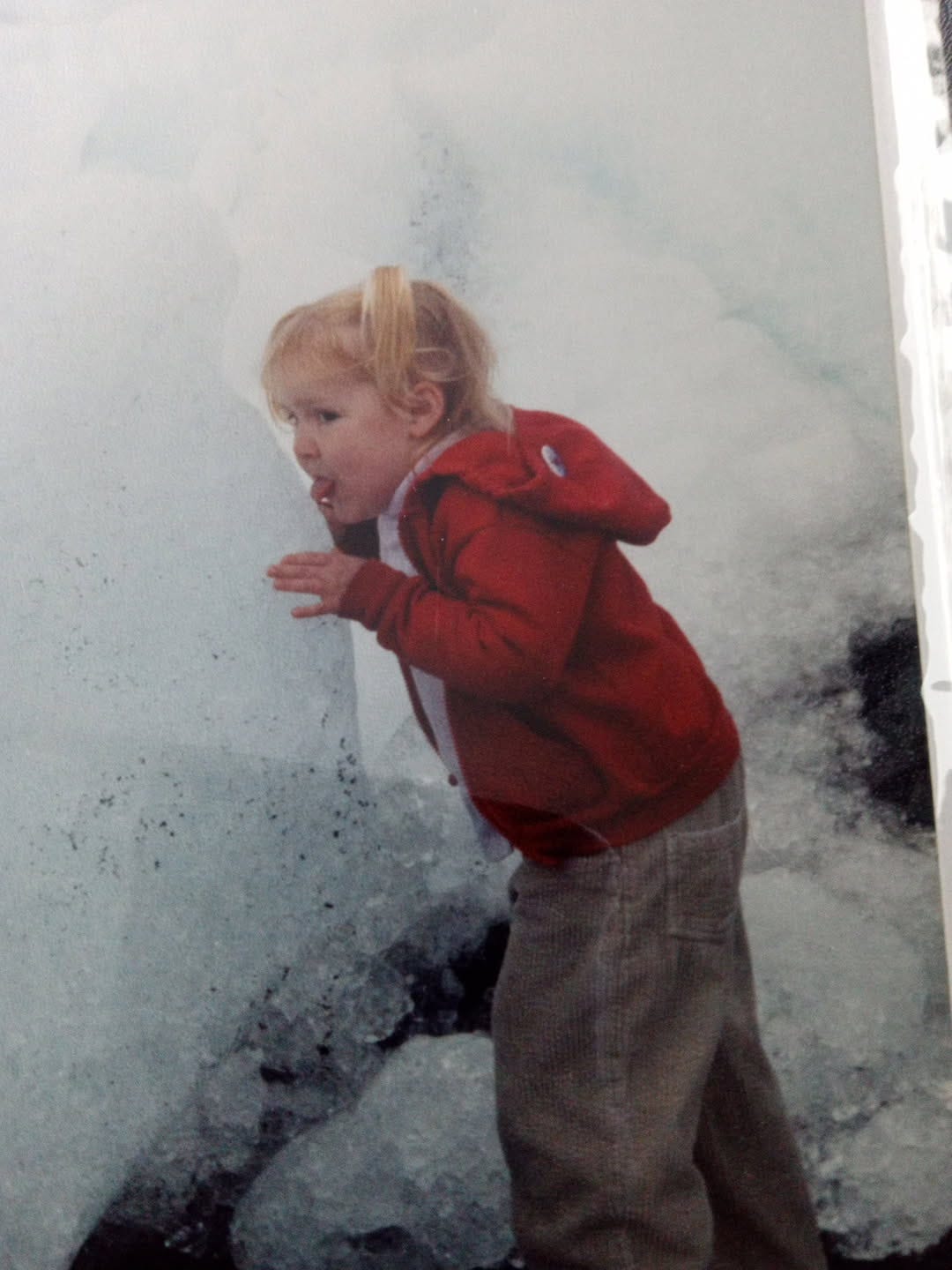
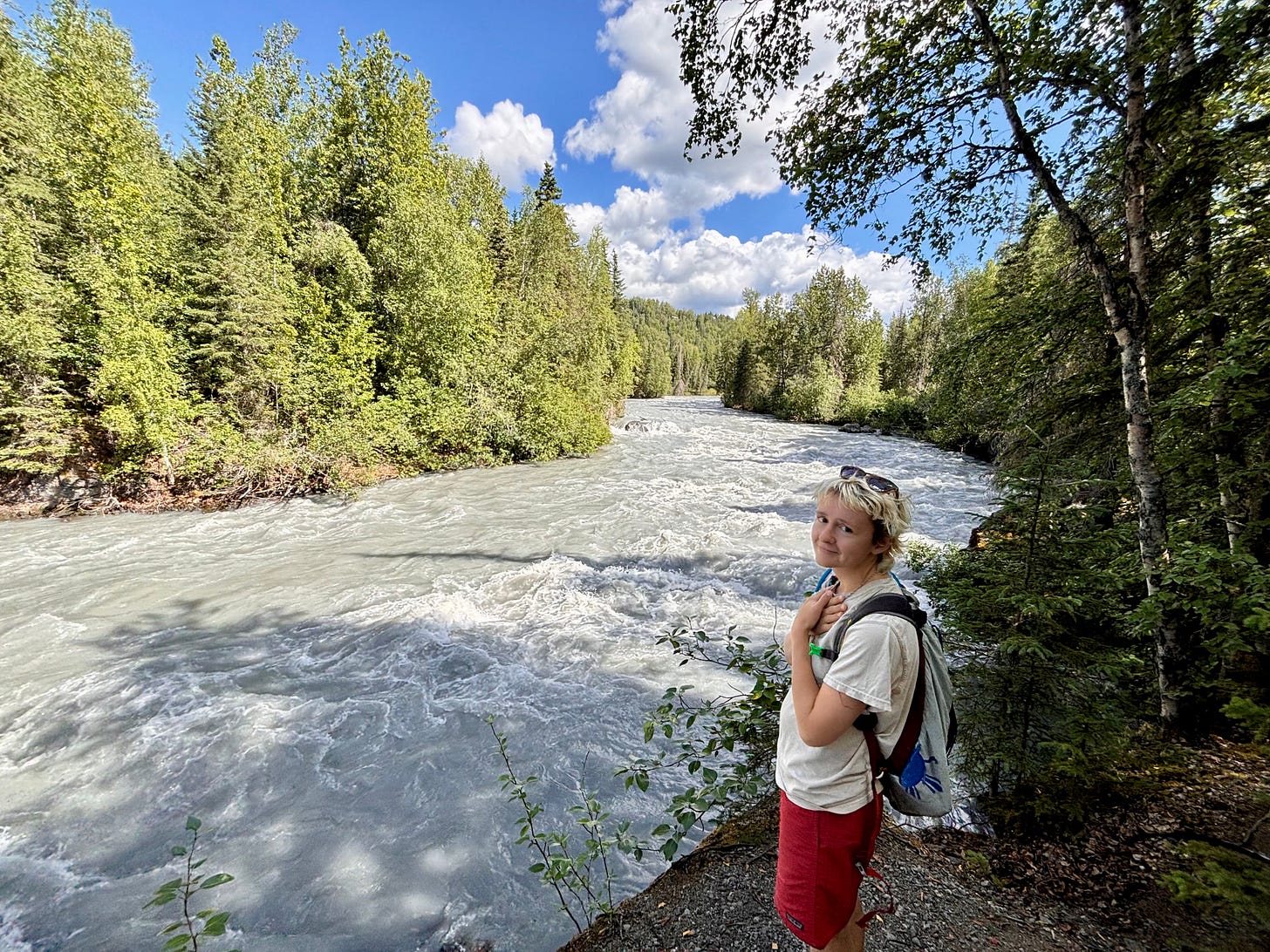
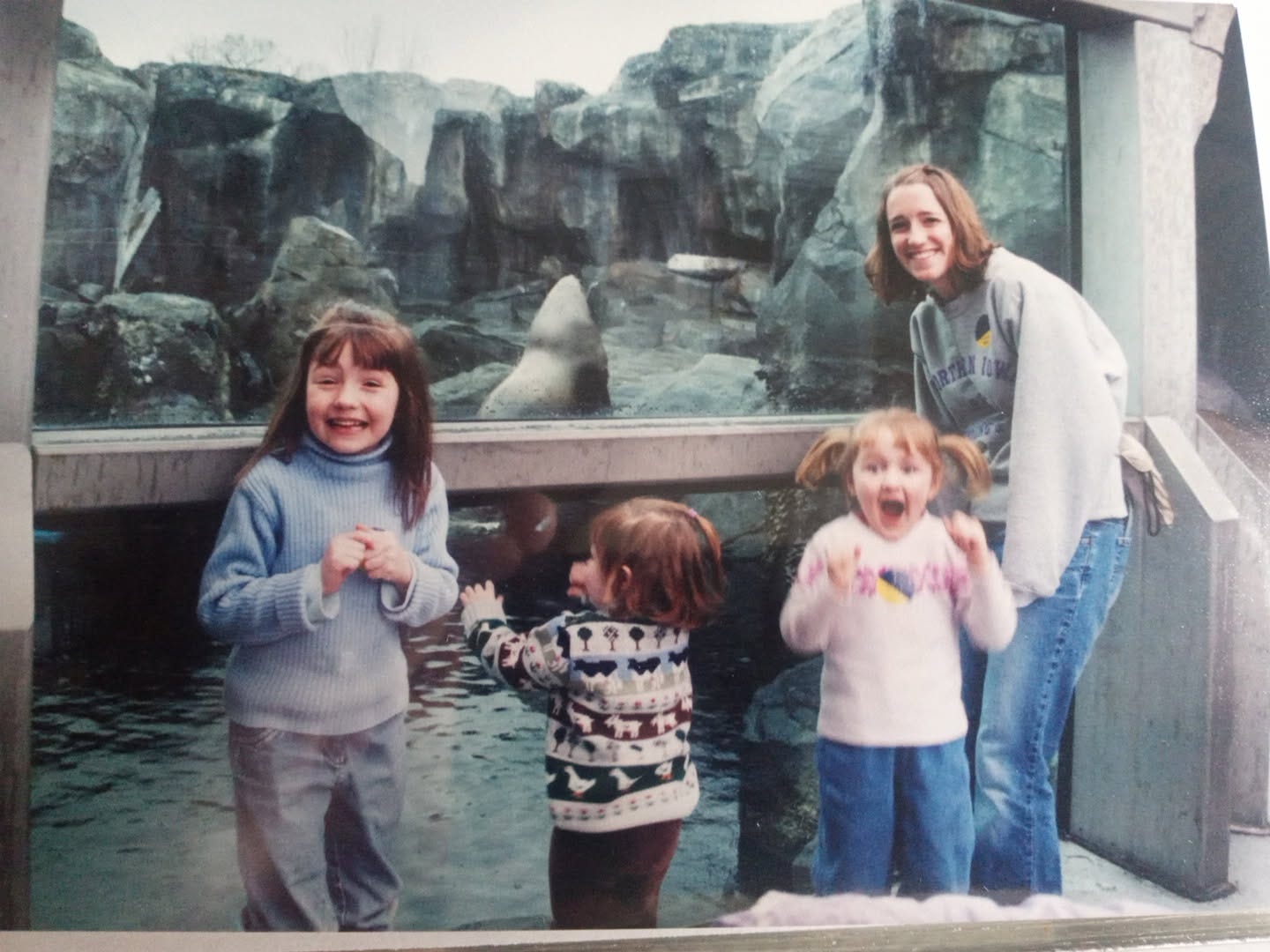
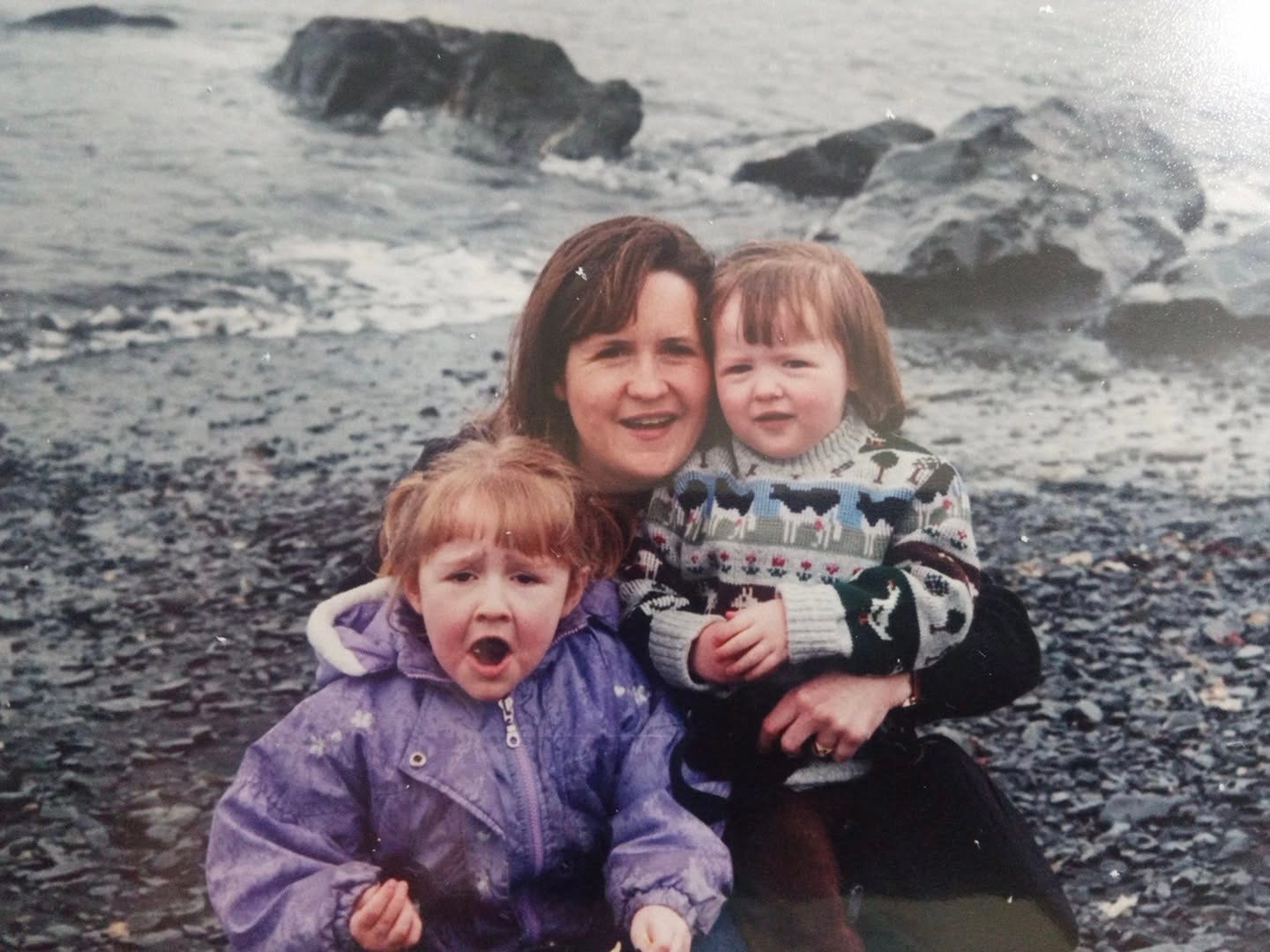
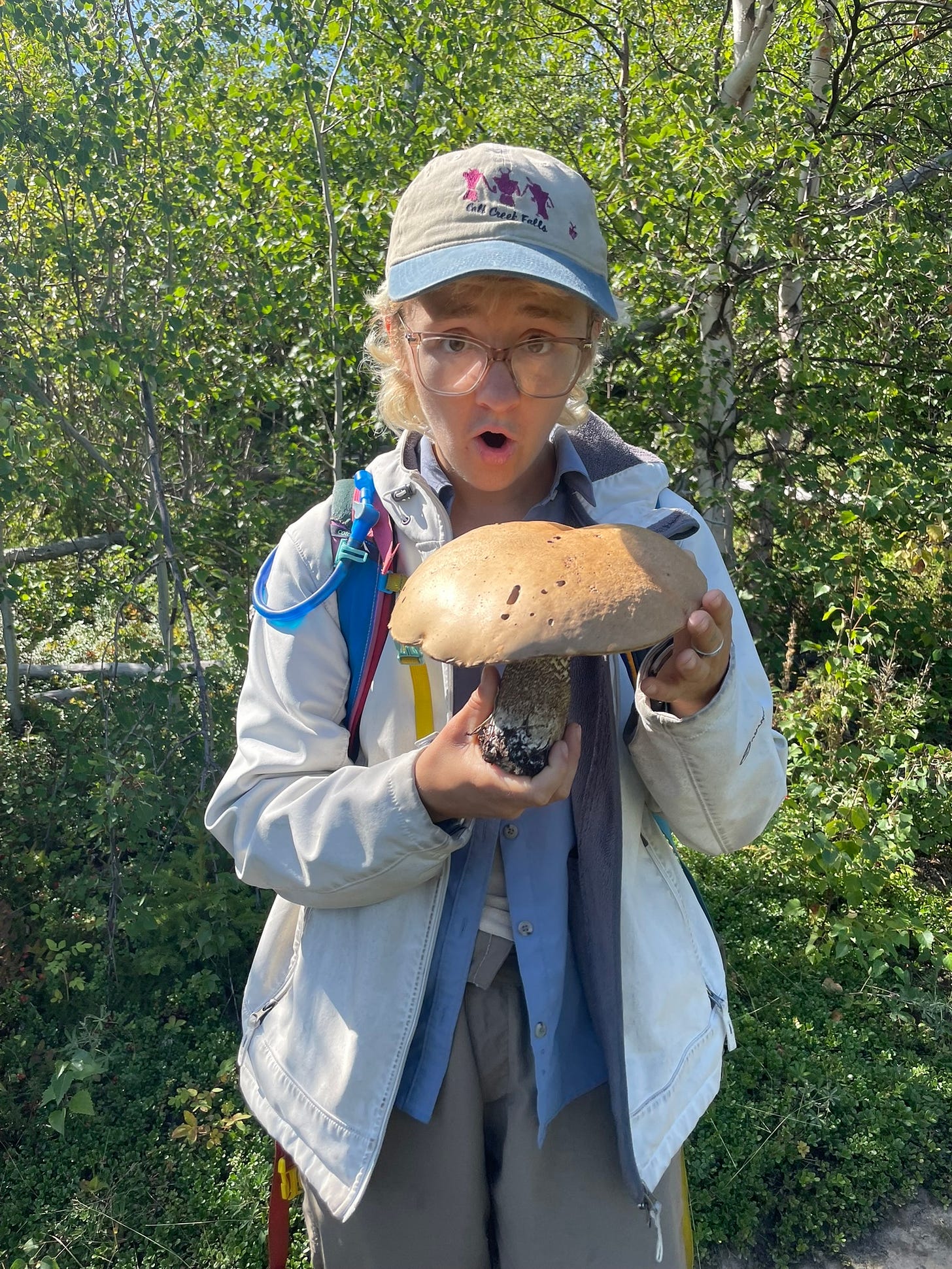
Another great piece!! You have such a way with words and use them to weave your stories and your thoughts to share your tales in a creative and thought provoking way.
Look forward to each of your Substacks!!